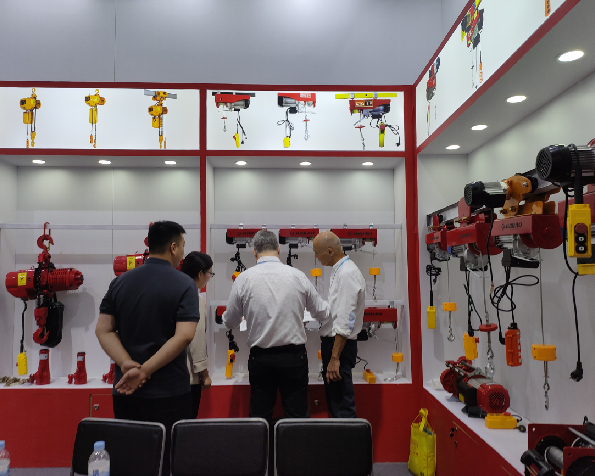


Understanding Manual Pallet Jacks Essential Tools for Material Handling
In the realm of material handling, efficiency and safety are two paramount concerns for businesses aiming to optimize their operations. One indispensable tool that has proven its worth over time is the manual pallet jack. This simple yet effective piece of equipment plays a crucial role in warehouses, distribution centers, and retail environments, enabling workers to transport heavy loads with ease.
What is a Manual Pallet Jack?
A manual pallet jack, also known as a hand pallet truck, is a type of material handling equipment used to lift and move pallets. Typically constructed from robust steel, it features two forks that slide beneath the pallet, a hydraulic lifting mechanism, and a set of wheels for maneuverability. Unlike motorized pallet jacks, manual versions rely on human effort for operation. This equipment is especially beneficial in settings where powered alternatives are impractical due to space or budget constraints.
The design of a manual pallet jack is straightforward but highly functional. Users engage the hydraulic pump by pulling a handle to lift the forks, allowing them to grip the pallet firmly. After elevating the load to a safe height, operators can easily guide the jack across the floor, depositing the pallet in its desired location.
Advantages of Using Manual Pallet Jacks
1. Cost-Effectiveness Manual pallet jacks are relatively inexpensive compared to electric or motorized options. For small to medium-sized businesses, acquiring manual jacks can represent a significant cost savings while still enhancing operational efficiency.
2. Simplicity and Ease of Use Operating a manual pallet jack requires minimal training. Anyone can quickly learn how to use the equipment, allowing for seamless integration into existing workflows. This ease of use reduces the potential for accidents and increases productivity.

3. Versatility Manual pallet jacks can handle various types of pallets and can be used on different surfaces, from concrete to wooden flooring. This versatility makes them adaptable to various environments, which is particularly valuable in busy warehouses with different operational demands.
4. Compact Design Many manual pallet jacks are designed to be slim and easy to maneuver in tight spaces. This compactness allows workers to navigate narrow aisles and crowded areas efficiently, optimizing space utilization.
5. Durability Built to last, manual pallet jacks are made from high-quality materials, making them resilient against daily wear and tear. A well-maintained manual jack can serve a facility for many years, providing a reliable transportation solution for heavy goods.
Safety Considerations
Despite their advantages, it is vital for operators to adhere to safety protocols when using manual pallet jacks. Proper lifting techniques, such as bending at the knees and not the back, are essential to avoid injury. Moreover, regular maintenance inspections should be conducted to ensure that all components, including wheels and hydraulic systems, are functioning correctly.
Conclusion
In summary, manual pallet jacks are essential tools that streamline the movement of goods in various industries. Their affordability, simplicity, and versatility make them indispensable for many operations. By incorporating manual pallet jacks into material handling practices, businesses can enhance efficiency while promoting workplace safety. As industries continue to evolve, the manual pallet jack remains a steadfast ally in the quest for operational excellence.



